Routine checks for wear and tear on toys, along with observing your pet's play habits and assessing material safety, are crucial in determining how frequently you should replace your pet's toys.
Being a pet owner, you recognize the affection your dog has for their toys. Whether it’s a squeaky ball, a plush toy, or a chew bone, these dog toys are essential for keeping them engaged, happy, and promoting both mental and physical activity. However, similar to other items, pet toys have a limited lifespan. It is crucial to understand when and how frequently to replace your pet's toys to ensure their safety and well-being.
Inspect Regularly for Wear and Tear
One of the easiest ways to tell that your pet's toys need to be swapped out is by looking for signs of wear and tear. Toys can get broken, torn, or worn down as time goes on, particularly if your pet is a heavy chewer. Look out for common signs of damage, such as:
- Damaged fabric on cuddly toys or plushies.
- Unsecured threads or filling material that is escaping from the seams.
- Breaks or fissures in toys made of plastic or rubber.
- Elements that are missing, including squeakers or buttons.
Minor damage can pose significant risks. For instance, fragments of plastic or ripped fabric may present choking hazards. Should you observe any of these indicators, it is advisable to replace the toy without delay.
Consider Your Pet’s Play Style
Different pets possess distinct play styles, which can greatly determine the rate at which their toys must be replaced. Broadly we can categorize their play styles as:
1. Social and Interactive Playstyle
- The Tugger: This dog is all about tug-of-war! Perfect for pups that thrive on a little friendly rivalry. If your pet falls under this category, the finest example for such a toy can be Cotton & Jute Toss-Tug Toy.
- The Wrestler: This playful pooch loves to wrestle and pin down their friends. They’re especially suited for breeds like Boxers and Bulldogs.
- The Cuddler: This furry friend loves to snuggle and be close. They’re perfect for affectionate pets that enjoy bonding through soft touches.
2. Chasing & Hunting Playstyle
- The Hunter: Naturally sneaks up and leaps into action. Ideal for pets with a strong instinct to chase.
- The Fetcher: Loves to chase after and bring back thrown items. Great for retriever breeds and energetic dogs. For such extra tough, active pets, toys that are durable to endure their strength are an ideal choice like Toss & Chew toys.
- The Explorer: Likes to explore and check out new places. Perfect for inquisitive cats and dogs that follow scents.
3. Mental stimulation & Problem-Solving Playstyle
- The Puzzle Enthusiast: Thrives on mentally stimulating games, like puzzles and treat-dispensing toys, which are great for clever breeds.
- The Independent Player: Prefers to play alone and enjoys toys that they can hit, chew, or run after by themselves. For such types of pets Retrieving & Chewing type of toys made with natural material such as Natural Bone can be a perfect fit.
4. Low-Energy & Relaxing Playstyle
- The Cuddler (if you think cuddling is a form of relaxing play): Loves spending peaceful moments together. Pets with such calm temperament must go in for the toys made with natural materials like cotton, leather, jute with Coconut fiber filling which will be absolutely safe for the pet.
- The Explorer (for those chill explorers): Likes to take their time sniffing around and exploring slowly instead of engaging in high-energy fun.
Summatively, some pets are more aggressive, particularly those that enjoy chewing. Such pets can rapidly deteriorate their toys, resulting in the necessity for replacements every few weeks or, in some extreme cases, even every few days. Yet, certain dogs and cats are gentle with their toys, allowing them to engage with the same item for months at a time.
Rotate Toys to Keep Them Interesting
One effective way to prolong the life of your pet's toys is by rotating them.Instead of leaving all the toys out for your pet to play with, put some away and swap them out regularly.This not only minimizes the damage to each toy but also keeps your pet engaged and playful.It’s amazing how a toy that’s been put away for a while can feel brand new again! All the pet toys, especially retrieve and chew toys should be rotated regularly to avoid your dog’s boredom.
Keep an Eye on Soft Toys
Soft plush toys are often a hit with both dogs and cats. Unfortunately, they can wear out faster than tougher toys:
- These soft toys can rip, lose stuffing, or fray, leading to a mess and potential danger for your pet.
- Loose stuffing and small parts like buttons or squeakers can become choking hazards if they come loose.
- If you notice a tear in a soft toy, you might consider sewing it. That’s okay, but only if you’re sure it will be strong enough. If you’re not sure, it’s advisable to replace the toy instead.
Consider the Cleanliness Factor
Over time, pet toys, especially the plush ones, can get really dirty. Your pet likely tosses them around on the floor, in the yard, and even near their food and water bowls. Because of this, toys can pick up dirt, bacteria, and sometimes even parasites. It’s a good idea to wash soft toys regularly (just follow the care instructions), but there will come a time when they’re too grimy or worn to clean well. At that point, replacing them is the best option.
Replace Toys When Your Pet Loses Interest
Occasionally, a toy might still be in decent condition, but your pet could just lose interest in it. Pets often get tired of playing with the same toys over time, so switching them out can be beneficial. However, if your pet shows no interest in a particular toy at all, it might be a good idea to get a new one. A new toy that has a different texture or makes new sounds can spark your pet’s curiosity and keep them engaged.
Check for Material Safety
It's really important to ensure your pet's toys are safe. Choosing toys made from non-toxic, pet-safe materials like organic cotton and jute toys is always a smart idea. with time and frequent play, these materials can wear out. If you notice a toy getting brittle, changing color, or falling apart, it’s time to toss it. Replacing these toys is essential to prevent any choking hazards or exposure to harmful substances.
Conclusion
How often you should get new toys for your pet varies based on a few things, including the type of material the toy is made from, your pet's playing habits, and how frequently they engage with it. By routinely checking for any damage or dirt, you can help ensure your pet's safety. Replacing toys at the right time keeps your pet entertained and healthy, making playtime both enjoyable and safe. So, when you're organizing your pet's toy box, take a moment to inspect the toys and decide if any should be replaced.


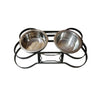











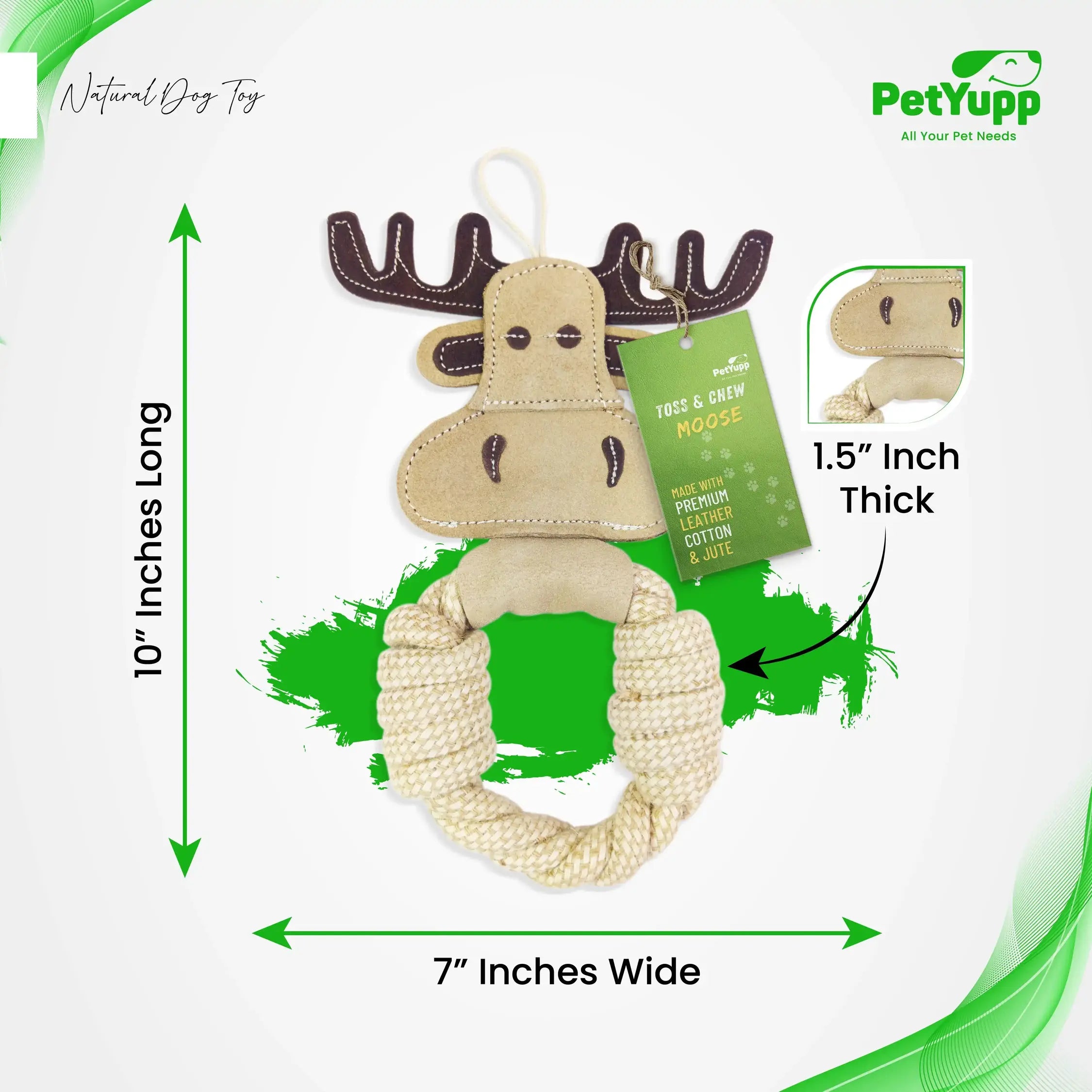













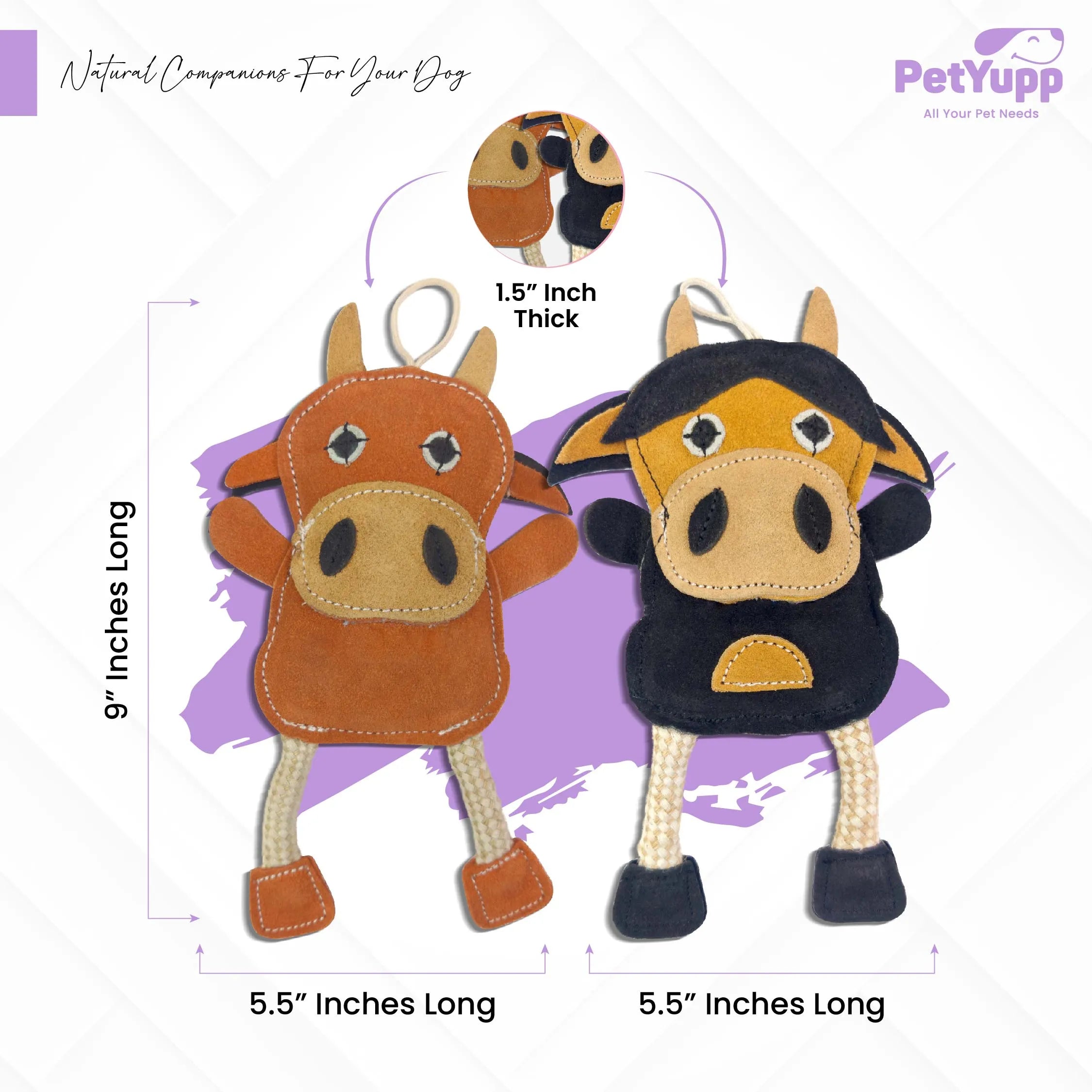












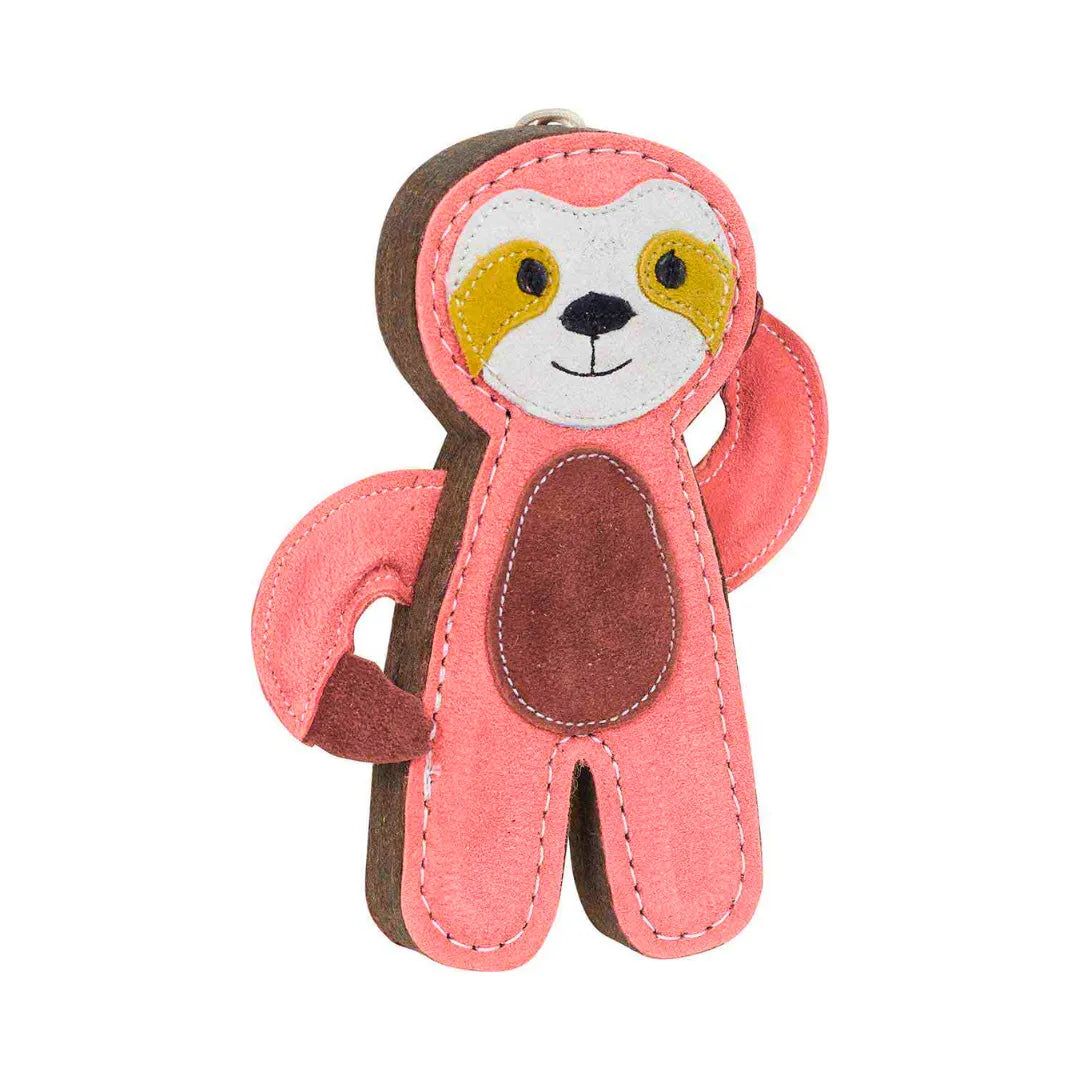




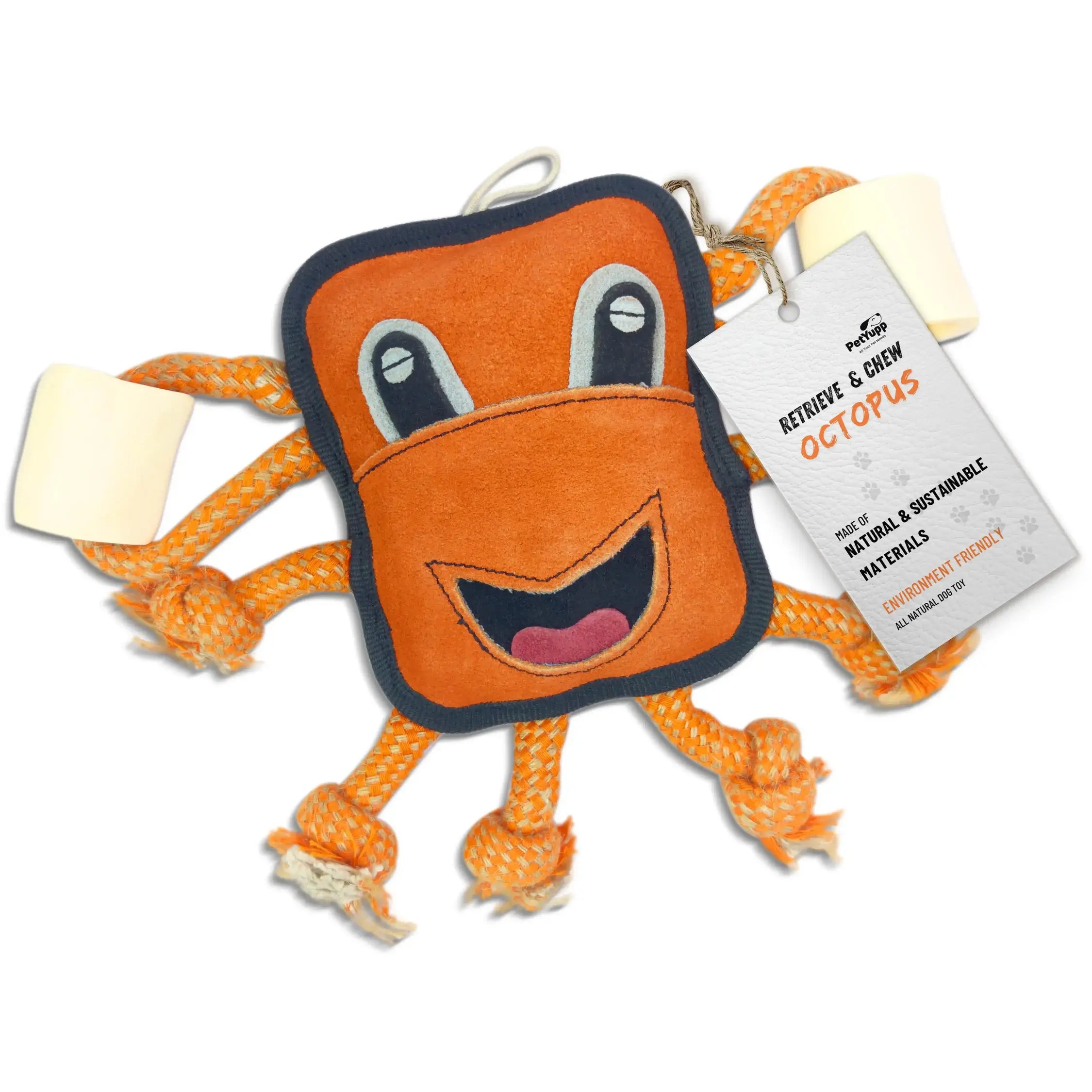



Leave a comment